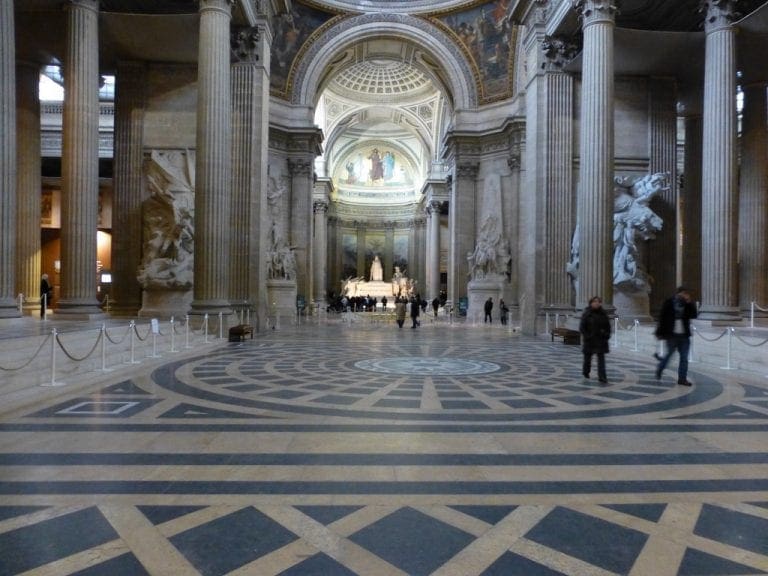I am Castelnaud Castle

No one knows when I was first built. In the early 13th century, my lord, Bernard de Casnac, became a fervent supporter of the Cathars and so I ended up on the losing side in the ethnic cleansing of the Albigensian Crusade. In 1214, I was seized by Simone de Montfort sent to crush the Cathar ‘heretics’. Bernard got me back but a few months later I was burned by order of the Archbishop of Bordeaux. The pattern of my life is set! During the rest of the 13th century, I was rebuilt and again became a major power-centre in the Perigord, fiercely rivalling my enemy across the Dordogne River – the Chateau de Beynac.
In 1337, the Hundred Years War broke out and, as chance would have it, I began (again) on the losing side – English this time. Beynac was loyal to the French. In the century of war, I changed hands seven times; the last, the 1442, when after a mere three-week siege, my English captain sold out to the French. (The easiest way to win a siege – pay the be-sieged to give up.) I was re-built and strengthened over the next century because of advances in siege weapons. (Until now the powerful rock hurling trebuchet had been the main artillery. Now, early cannon appeared.) My wall got thicker and a skirting walls were added.
My bad luck continued, my lords, the Caumonts became Protestants at the beginning of the next round of the ethnic cleansing – the bitter Wars of Religion (1562-98) – a civil war of Catholic against Protestant. My only lucky streak was that Captain Geoffroy de Vivans was born in the chateau and fought so ferociously that he was so feared that no one dared to attack Castelnaud in all that time. By now, the family thought me too uncomfortable and lived elsewhere.
After the French Revolution of 1789, the neglected overgrown site became a stone quarry. In 1832, when stone was needed for a new bridge over the Dordogne, masons conveniently dropped big chunks of me straight down the hill to the work-site.
In 1966, I was listed as an Historic Building as part of the Preservation Laws implemented by Andre Malraux.













